18 York Road, Whitley Bay, Tyne and Wear, NE26 1AB
The building now housing this pub was the headquarters of the Whitley Bay and Monkseaton Fire Brigade until 1991. It was built in 1909, at a cost of some £3,000, by William Gray of Park Parade. It had accommodation for five of the 12 firemen and their families, as well as a duty room, workshops and a stable for four horses which pulled a Merryweather steam-powered pumping engine. The fire crew later became responsible for the town ambulance, garaged behind the main building.
Text about The Fire Station.
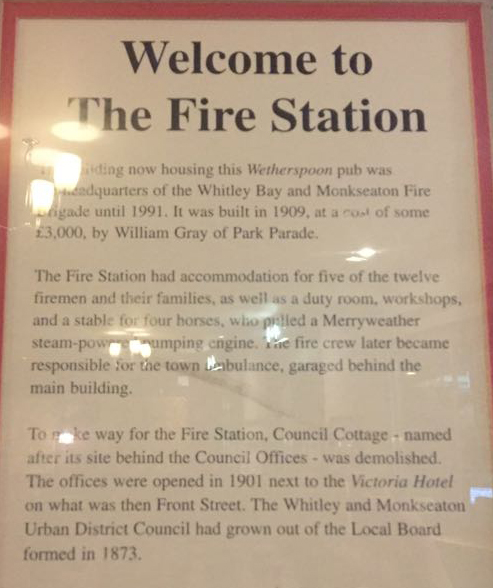
The text reads: The building now housing this Wetherspoon pub was the headquarters of the Whitley Bay and Monkseaton Fire Brigade until 1991. It was built in 1909, at a cost of some £3,000, by William Gray of Park Parade.
The Fire Station had accommodation for five of the twelve firemen and their families, as well as a duty room, workshops, and a stable for four horses, who pulled a Merryweather steam-powered pumping engine. The fire crew later became responsible for the town ambulance, garaged behind the main building.
To make way for the Fire Station, Council Cottage – named after its site behind the Council Offices – was demolished. The offices were reopened in 1901 next to the Victoria Hotel on what was then Front Street. The Whitley and Monkseaton Urban District Council had grown out of the Local Board formed in 1873.
Prints and text about St Mary’s Island.
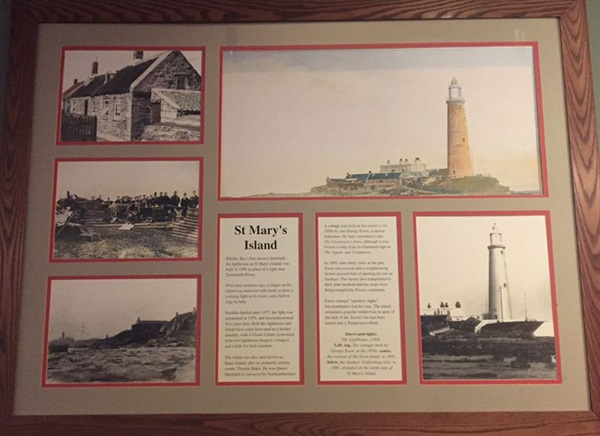
The text reads: Whitley Bay’s best-known landmark, the lighthouse on St Mary’s Island, was built in 1898 in place of a light near Tynemouth Priory.
Over nine centuries ago, a chapel on the island was endowed with funds to show a warning light in its tower, and a bell to ring for help.
Paraffin-fuelled until 1977, the light was automated in 1979, and decommissioned five years later. Both the lighthouse and the island have since been used as a leisure amenity, with a Visitor Centre (converted from two lighthouse-keepers’ cottages) and a hide for bird-watchers.
The island was also once known as Bates Island, after its sixteenth century owner, Thomas Bates. He was Queen Elizabeth I’s surveyor for Northumberland.
A cottage was built on the island in the 1850s by one George Ewen, a salmon fisherman. He later converted it into The Freemason’s Arms, although it was known locally from its illustrated sign as The Square and Compasses.
In 1895, after thirty years at the pub, Ewen was evicted after a neighbouring farmer accused him of opening the inn on Sundays. The farmer also complained to their joint landlord that his crops were being trampled by Ewen’s customers.
Ewen claimed “squatters’ rights”, but nonetheless lost his case. The island remained a popular rendezvous in spite of the lack of ale. Ewen’s inn had been turned into a Temperance Hotel.
Above (and right): The Lighthouse, c1900
Left: top, The cottages built by George Ewen, in the 1850s centre, the eviction of the Ewen family in 1895, below, the steamer Gothenburg City in 1891, stranded on the north side of St Mary’s Island.
Modern art by local artist, Emma Hildreth.
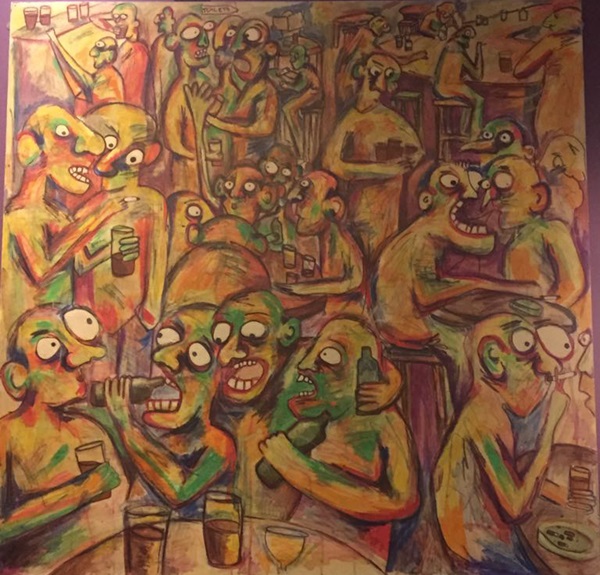
Modern art by local artist, Terry McArdle.
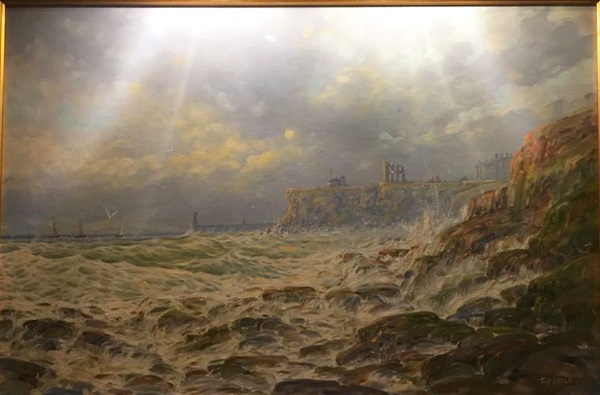
Modern art by local artist, Pauline Amos.
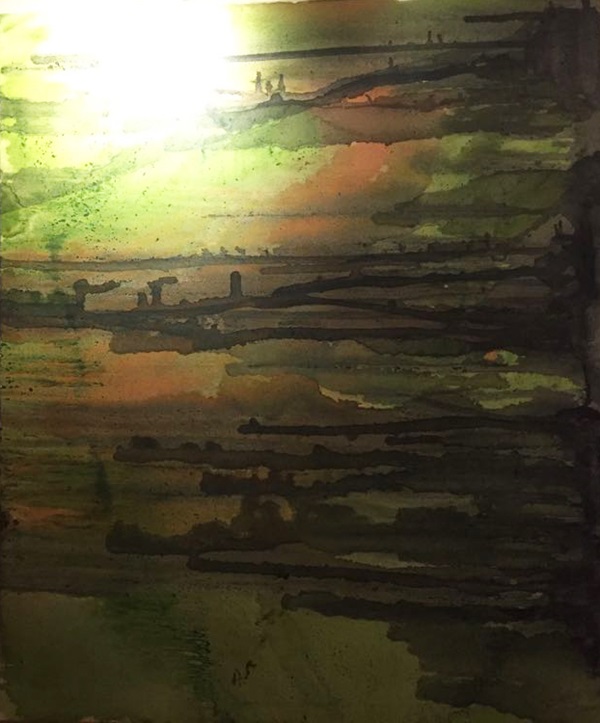
External photograph of the building – main entrance.
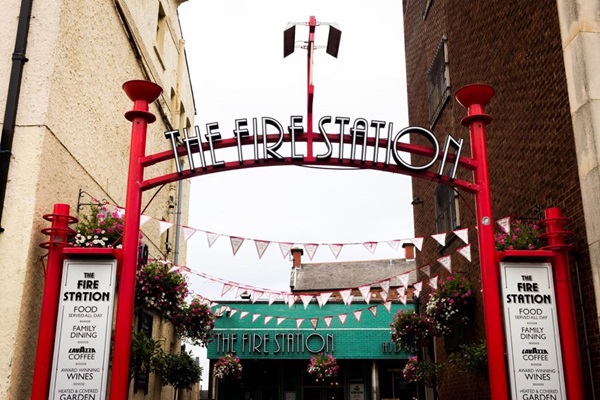
If you have information on the history of this pub, then we’d like you to share it with us. Please e-mail all information to: pubhistories@jdwetherspoon.co.uk